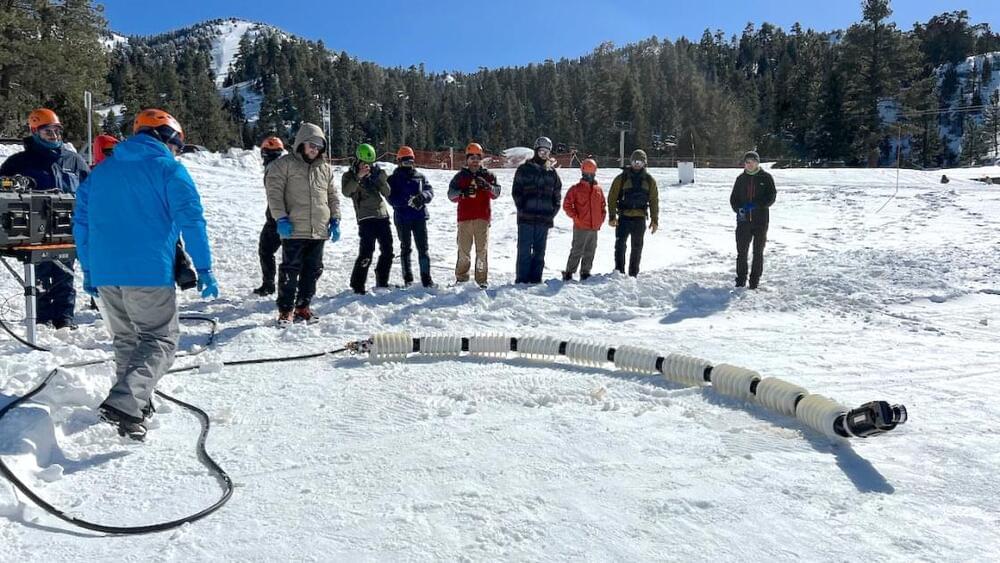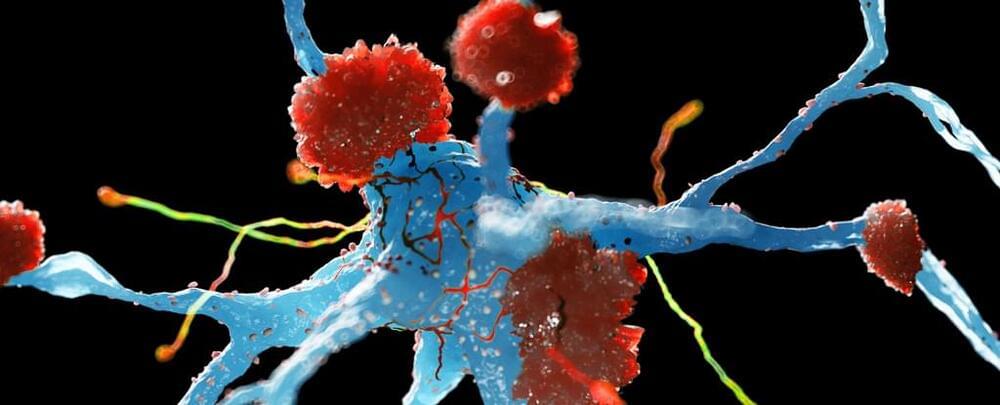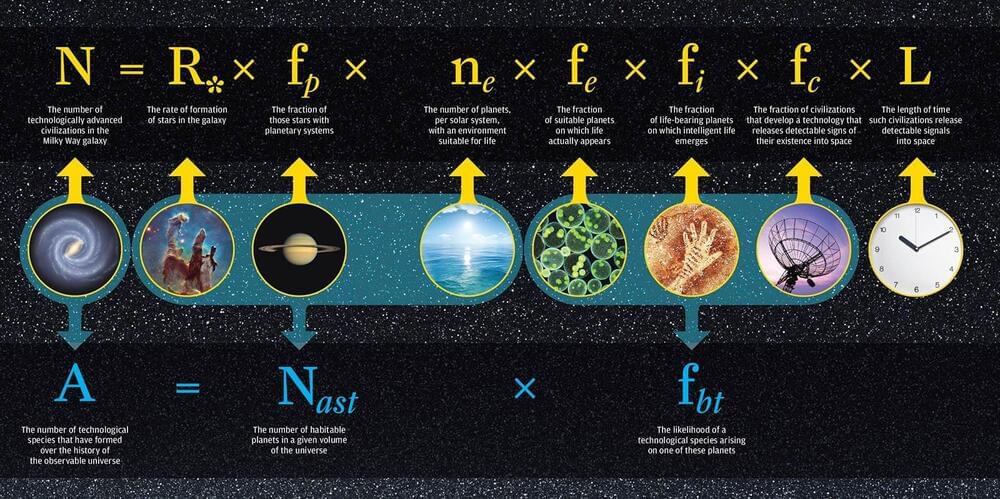Cana, the company which was building an appliance that they claimed could create and customize virtually any beverage, shut down last week, The Spoon has learned.
According to numerous Linkedin posts from previous employees, the company could not secure funding and laid off all of its employees last week. Cana, which had raised $30 million in January last year, promised to have the product ready to ship sometime this year. But despite having a working prototype and brand partners in place, Cana could not raise the “funding necessary to build a production line for manufacturing and shipping devices.”
The news comes just two months after the company brought on none other than Sir Patrick Stewart of Star Trek fame to be a brand ambassador, a hail mary move that didn’t work out.







